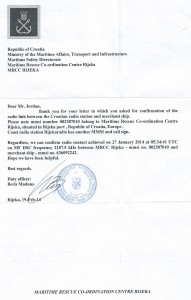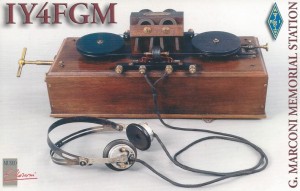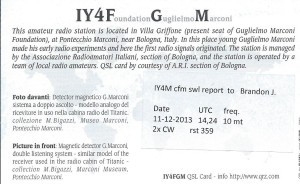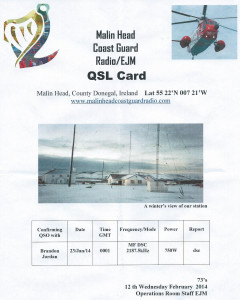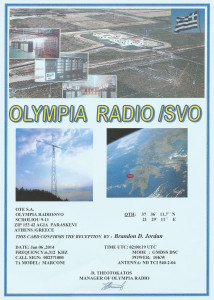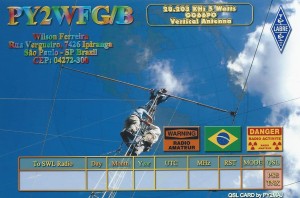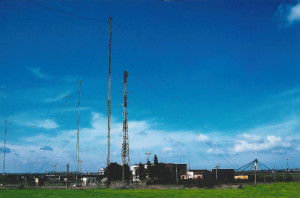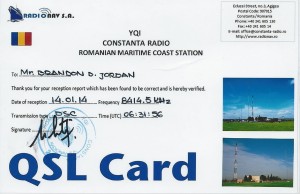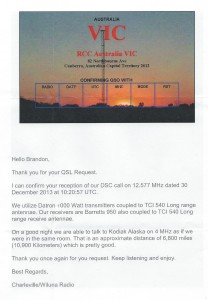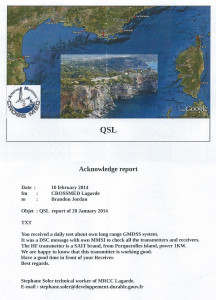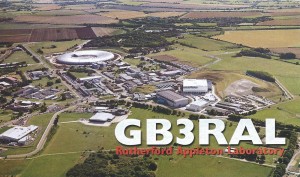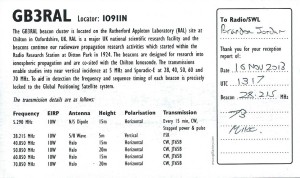I am in the process of deploying two new directional antenna arrays at my QTH, the Array Systems AS-SAL-30 Shared Apex Loop and the DX Engineering DXE-AAPS3 Active Antenna Phasing System.
AS-SAL-30
The AS-SAL-30 is a selectable 8 direction receive system featuring a cardioid pattern and greater than 30dB front-to-back between is designed operating range of 100 kHz to 7 mHz. The antenna is stated to be useful above and below the operating range, with less gain below and less pattern above the specified frequencies. The antenna system consists of 4 balanced loops mounted on a 32′ mast, a combiner/delay/pre-amp box mounted at the base of the mast, a single 75 ohm feed-line to the controller box situated at the operating position in the shack. The loops are configured as right triangles pointing NE/SW/NW/SE and measuring approximately 30′ tall with a base of 25′. As a previous owner of a Wellbrook K9AY directional array and with more recent experience with various KAZ loop antennas, I have become a big fan of loops in general. I am looking forward to getting the AS-SAL-30 set up over the next few weeks.
DX Engineering DXE-AAPS3 Active Antenna Phasing System
This system consists of two DXE-ARAV3 Active Vertical Antennas feeding a DXE-NCC-1 Phasing Unit situated at the operating position. With the active vertical antennas, operating frequency range of the phasing system is determined by the spacing between the two antennas. The following guidelines are for use when enhancing signals:
The most reliable and consistent phasing performance occurs with receive antenna spacing less than 1/4 wavelength when receive antennas are in line with the desired direction, and less than 1/2 to 1 wavelength apart when receive antennas are spaced at right angles to desired directions.
Best sensitivity occurs when receive antennas are more than 1/10 wavelength apart when the receive antennas are in line with the desired direction, and more than 1/2 wave apart when broadside to the desired direction.
I have initially set up the antennas with a 100′ spacing which is close to 1/8 wavelength in the center of the MW broadcast band. I am finding excellent operation on MW, and am able to decently null signals up to 7 mHz. I am going to experiment with a 25′ separation for 60 to 31 meter band operation, and 200′ for continued MW/LW testing and comparison to the 100′ spacing.
The DCC-1 phaser is extremely well built and is a pleasure to operate. I was initially surprised by the size of the unit, it is of similar size as my Icom IC-R75 receiver! The controls are smooth, and obtaining a null is a rather easy operation. My previous experience with phasers are with the Radio Plus+ Quantum Phaser which I owned years ago, and the excellent Mark Connelly DXP5 MW Phaser.
